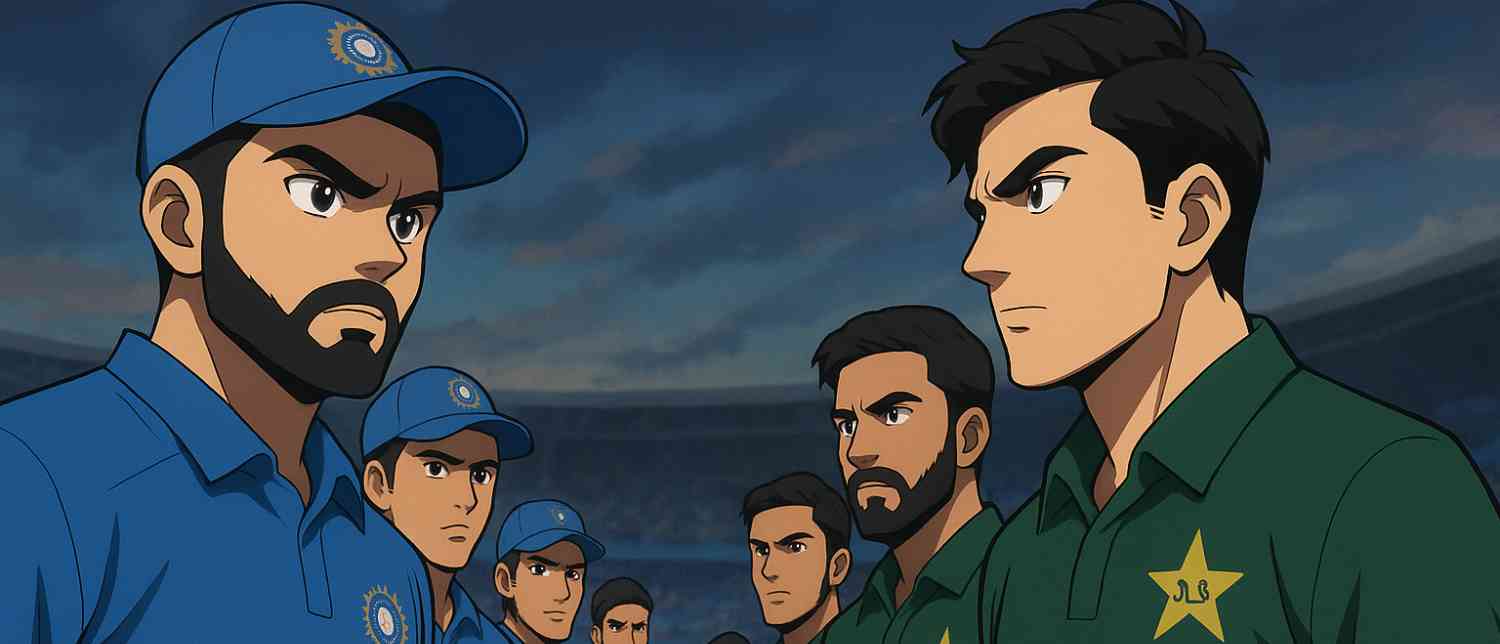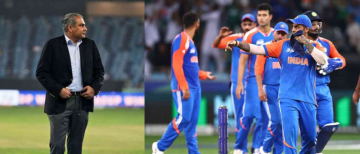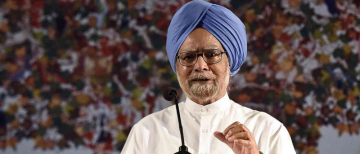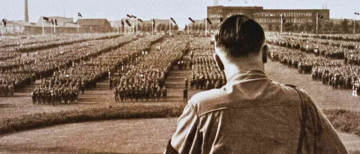There are sporting rivalries that illuminate greatness, and there are national animosities that make even sport feel like a theatre of grievance. India vs Pakistan has long been both: a fixture that delivered some of cricket’s most unforgettable moments and a spotlight where diplomacy, fandom and politics collided. The Asia Cup 2025 ended with yet another emphatic Indian win — three meetings, three Indian victories — but what people will remember most is not a six or a yorker. It is the silence where handshakes should have been, the missing trophy on the winners’ dais, and the political symbolism that turned a cricket ground into a stage for a wider conflict.
If the relationship between the two states is “off the rails”, as many now argue, a simple question follows: why play at all? And if you do play, how do you reconcile sporting ritual with state-level outrage? That contradiction — play, then refuse the handshake and the trophy — is the beating heart of the Asia Cup controversy.
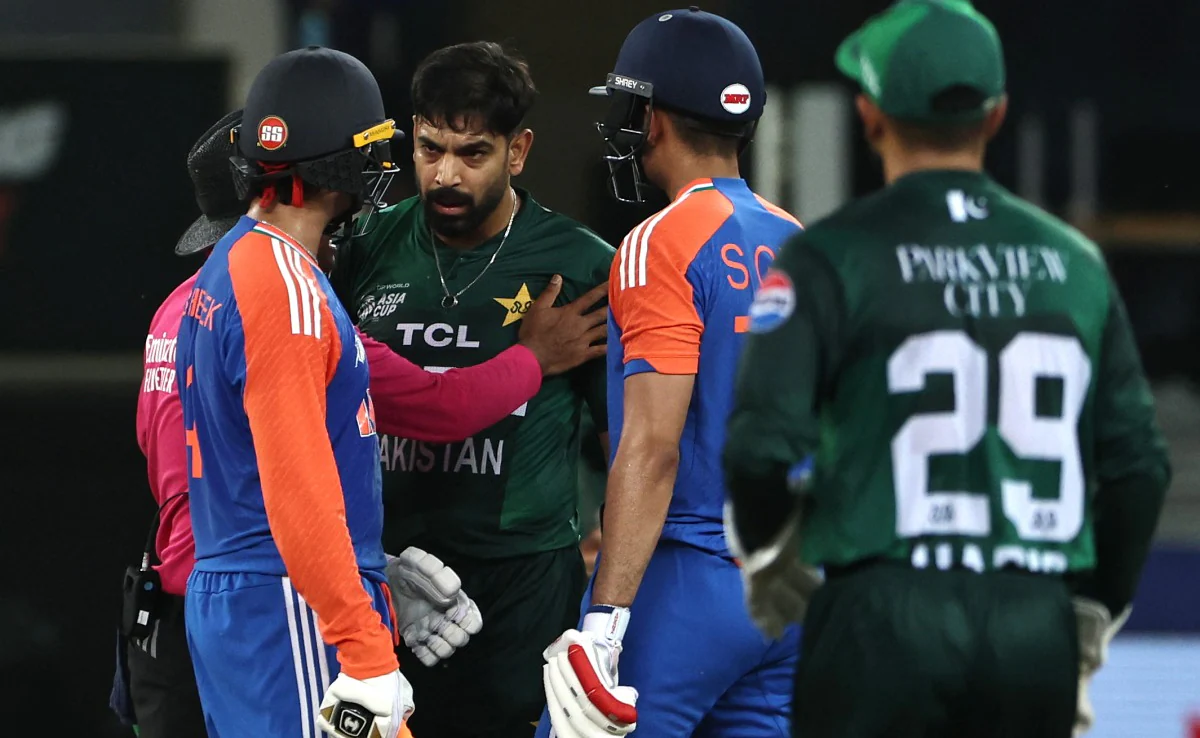
The facts on the field and the gestures off it
The immediate context matters. In April 2025, a militant attack in Pahalgam in Indian-administered Kashmir killed 26 people. New Delhi accused Islamabad of masterminding the assault; Pakistan denied it. India’s response included a retaliatory operation called “Operation Sindoor” in May; missile exchanges, air skirmishes and days of tit-for-tat hostilities followed — episodes that “pushed the two nuclear-armed countries closer to all-out war than they had been in decades,” observers wrote. Into that charged atmosphere came the Asia Cup in Dubai.
India and Pakistan met three times in the tournament; India won all three games. But it was not simply the scoreline that shocked. After the first match on September 14 — and again after the Super 4s and the final — Indian players walked off the field without the customary handshake. India’s captain, Suryakumar Yadav, explained the decision bluntly: “We had come only to play,” he told Indian media. “Some things are beyond sportsmanship. We dedicate this victory to our armed forces who took part in Operation Sindoor and stand with families of the victims of the Pahalgam terror attack.” He also said, reflecting the moral calculus at play: “I feel a few things, few things in life are ahead of sportsmen’s spirit also.”
Pakistan’s side reacted sharply. Their captain, Salman Ali Agha, did not attend the post-match ceremony of the final. Pakistan’s coach, Mike Hesson, said of the missed handshake: “We were ready to shake hands at the end of the game. We were disappointed that our opposition didn’t do that.” The Pakistan Cricket Board lodged a formal complaint with the Asian Cricket Council and demanded the match referee be removed — a request the ICC refused. Match referee Andy Pycroft apologised to Agha and described the handshake incident as a “miscommunication”.
The ending to the tournament’s showpiece ceremony was surreal. When India won the final, protocol dictated that the trophy be presented to the champions by the chair of the Asian Cricket Council, Mohsin Naqvi — who is also Pakistan’s interior minister and the chairman of the Pakistan Cricket Board. The Indian team had publicly signalled they would not accept the trophy from him; the Pakistani minister reportedly insisted only he would do the presentation. The resulting standoff delayed the ceremony by 90 minutes. In the end, tokens of victory were removed from the podium and “the Indian team ended the night without the trophy in their hands,” one account said. Mohsin Naqvi — who later described the lack of handshake as “utterly disappointing to witness the lack of sportsmanship today” — was himself incandescent on social media: “If war was your measure of pride, history already records your humiliating defeats at Pakistan's hands. No cricket match can rewrite that truth. Dragging war into sport only exposes desperation and disgraces the very spirit of the game,” he wrote on X.
There were other combustible incidents during the tournament: Pakistani bowler Haris Rauf was seen pointing at the Indian section of the crowd and making a provocative gesture mimicking a plane crash; social-media clips and taunts flew both ways; and at least one Pakistani player was filmed treating the runners-up cheque with disdain after the final. In short, the fixture, instead of being a pressure valve, became a proxy.
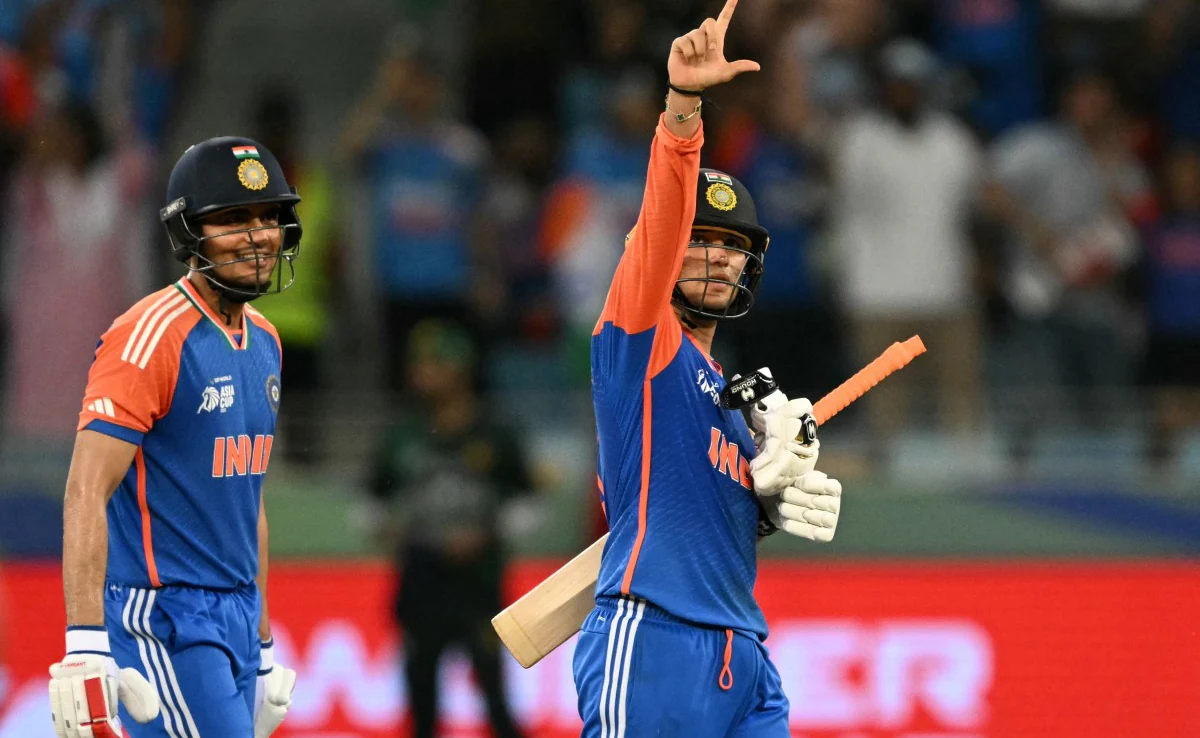
Two faiths about sport: Diplomacy versus Symbolism
The Asia Cup spectacle — and its aftermath — pulled into sharp relief two competing instincts about sport and international relations.
On one side are those who still believe in cricket diplomacy: that sport can be a bridge when politics fails. This was the historical sentiment behind General Zia-ul-Haq’s surprise 1987 trip to India to watch a Test match (“cricket for peace”), Pervez Musharraf’s 2005 visit, and the series of cross-border tours between 2004 and 2007 that offered a fragile, humanising thaw. Former players and commentators who cherish that tradition voiced sorrow. Shahid Afridi, who travelled to India several times and described himself as a “staunch supporter of cricket diplomacy,” said that every time he had played over the border he “received a lot of love and support from Indians” and that in his two decades of playing, had “never witnessed such off-the-field behaviour from Indian players.” Osman Samiuddin, the senior editor and historian, warned that “the opposite of cricket diplomacy is happening.” Radha Kumar, writing on the place of cricket in India-Pakistan ties, said: “Cricket diplomacy was an important part of the India-Pakistan peace process and it is a great pity that cricket hostility is now being made part of the enmity process between the two countries.”
For some commentators and fans, the handshake — that brief 1.5–3 second ritual described in research from the University of Dundee — is the simplest, most visible embodiment of the “Spirit of Cricket.” Its absence becomes a shorthand for a wider political freeze. “Whoever dominates the field of play, the game is always the winner” was the old axiom; post-Asia Cup, many mourned that the winners of matches had left the sport itself the loser.
On the other side are those who argue that certain gestures cannot be divorced from politics, and that a line must be drawn between sporting competition and conferring state-style dignity. One headline put the point coldly: “Why The Trophy Didn't Matter, But The Gesture Did.” The argument is simple: match play is governed by rules and fairness — presentation ceremonies are about dignity and respect conferred. They have to be earned. To those who hold this view, India’s refusal to accept the trophy from Mohsin Naqvi was not a petty snub but a moral statement: “We’ll beat you on merit, but we won’t accord you dignity beyond that.” The Indian prime minister’s social-media post — “#OperationSindoor on the games field. Outcome is the same — India wins,” — added fuel to that narrative; for many Indians that tweet fused the military response and a victory on the pitch into a single rhetorical frame.
Both impulses are human and understandable. People who have lost loved ones, who see terror and state responsibility as linked, want symbolic justice. Others who have watched sport mollify hardened tensions for decades fear that politicising the pitch corrodes the only civility that remained between two peoples.
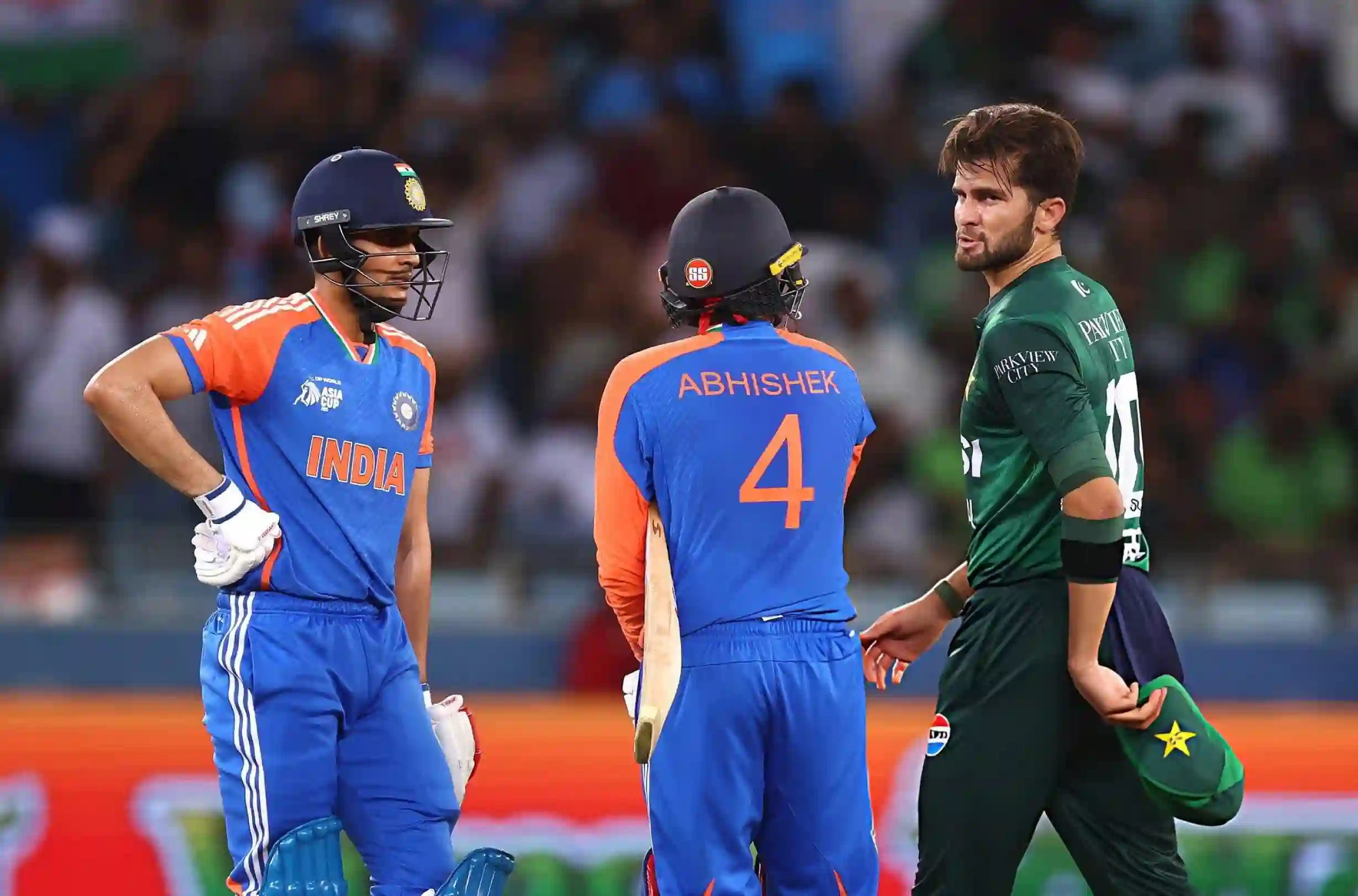
The central contradiction: If you will play, why negate ritual?
This is the question that should discomfort every administrator and fan: if political diplomacy is completely “off the rails”, why insist on the theatricality of competition that presumes some underlying civility — and then, when the match is played, deny the civility that sport normally demands?
Many authors and former players expressed exactly this sense of incoherence. One commentator who had once believed in cricket diplomacy wrote plainly: “Why play sport, if the players cannot be its best servants?” The answer many watchers felt after the Asia Cup was either: don’t play until diplomatic terms permit a normal, respectful contest — or, if you must play for economic or administrative reasons, keep the ceremonies apolitical and the presentations neutral.
That contradiction was starkly visible during the Asia Cup. India chose to engage in multi-team tournaments that would put them on the same field as Pakistan — they did so in every ICC event since 2013 — but simultaneously signalled that they would not engage in ritualised civility. That mixture of engagement and disavowal left the post-match spaces awkward: teams had contested fiercely, broadcasters had sold the drama, fans had watched the spectacle — and then the sport’s own rituals were cancelled or co-opted by outrage.
Critics of India’s actions argued that if you are willing to play, you accept the conventions that make playing meaningful. Those defending the snub said that some conventions — including who stands on the podium and who presents the trophies — are themselves forms of recognition that can and should be withheld when state behaviour is judged unconscionable.
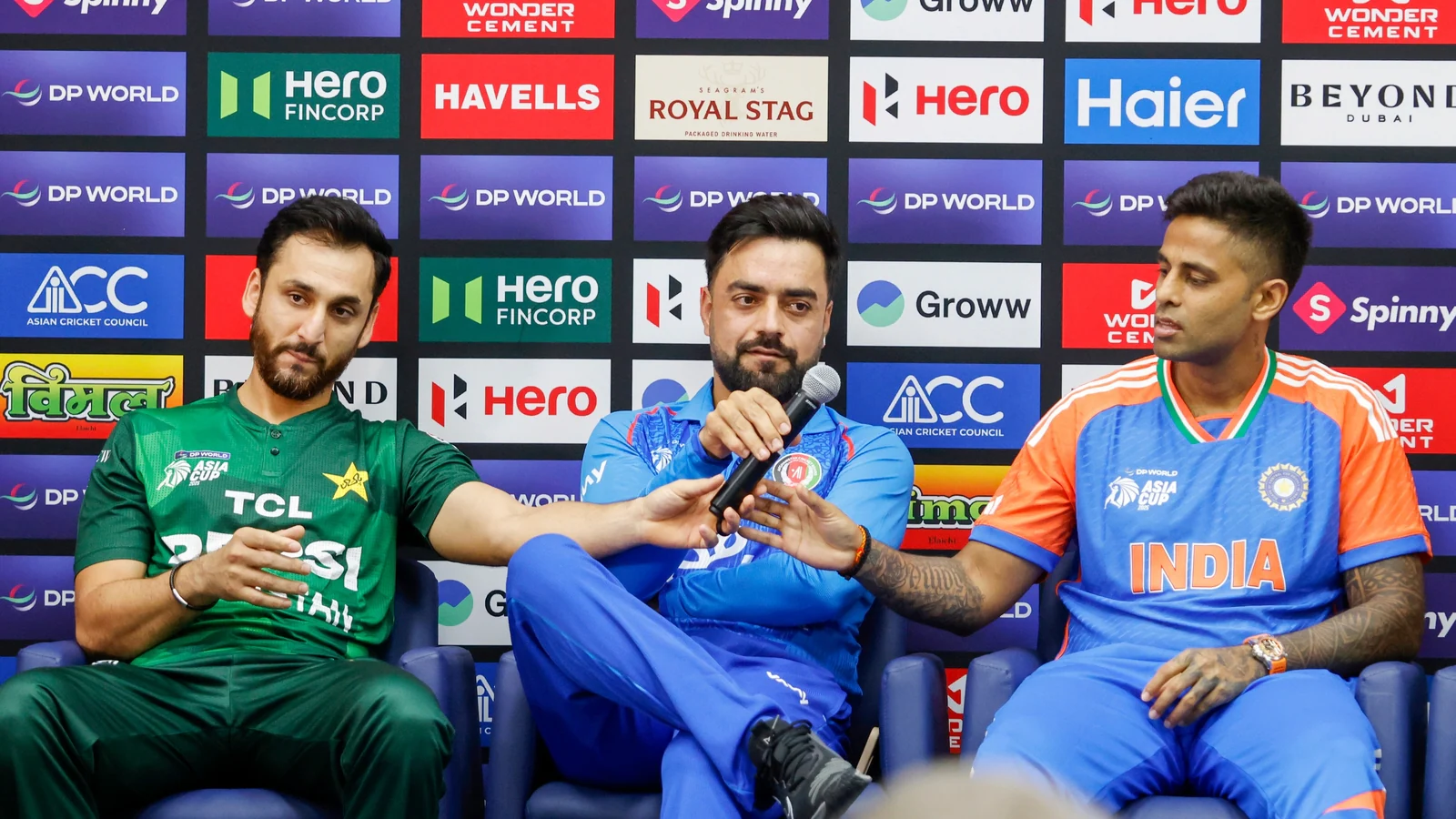
Who pays the cost? The game, the fans, and the governing bodies
The immediate losers are the spectators and cricket itself. Observers noted that after games that should have been remembered for great performances — Abhishek Sharma’s audacious first-ball charge, Kuldeep Yadav’s clever leg-spin, Jasprit Bumrah’s death bowling — column inches instead catalogued gestures, hashtags and diplomatic spats. The game’s narratives were reframed as political theatre.
Administrators face practical problems, too. Michael Atherton, the former England captain, wrote that the fixture between India and Pakistan “carries huge economic clout” and is a major reason ICC tournament broadcast rights are worth so much — “roughly $3 billion for the most recent rights cycle in 2023–27.” He argued that “if cricket was once the vehicle for diplomacy, it is now, clearly, a proxy for broader tensions and for propaganda.” Atherton urged the ICC to rethink the automatic arranging of India-Pakistan fixtures on economic grounds: “For the next broadcast rights cycle, the fixture draw before ICC events should be transparent, and if the two teams do not meet every time, so be it.” That is a blunt policy prescription: decouple economics from an automatic match-up and reduce the chance a tournament is defined by a bilateral feud.
The boards also risk long-term reputation damage. Critics pointed to the messy presentation in Dubai — the refusal to accept the trophy, the minister clutching the cup, the 90-minute standoff — as evidence that match protocols and ceremonial roles are ripe for reform. One pragmatic path is simple: if a presenting official is a serving minister of one party in an ongoing interstate crisis, appoint a neutral presenter for the ceremony. That would not resolve the underlying politics, but it would protect the ritual integrity of the sport.
What the players said and what they felt
No synthesis of the Asia Cup row is complete without the players’ own words. The most consequential were Suryakumar Yadav’s: “We had come only to play. Some things are beyond sportsmanship. We dedicate this victory to our armed forces who took part in Operation Sindoor and stand with families of the victims of the Pahalgam terror attack.” Those words explain why his side walked away; they also explain why, for many on the other side, the retreat from ritual felt like an affront.
From Pakistan, Mike Hesson’s measured rebuke — “We were ready to shake hands at the end of the game. We were disappointed that our opposition didn’t do that.” — expressed hurt and a sense that the game had been used to score elsewhere. Mohsin Naqvi, as chair of the ACC and PCB, emphasised another line: “We have always advocated for sports and politics to be kept apart,” he said, arguing that cricket “should unite rather than divide. Our concern has never been about individuals or governments, but about ensuring clarity, fairness in match protocols, and upholding the spirit of the game.” Those words are important because they reveal how deeply the two logics — sport as neutral field, sport as stage — are now in competition.
Former players begged for nuance. Shahid Afridi recalled warmth he received in India and said he had “never witnessed such off-the-field behaviour from Indian players.” Analysts like Osman Samiuddin warned that the “opposite of cricket diplomacy is happening” — the sport is now a vehicle for hostility as much as for rapprochement.
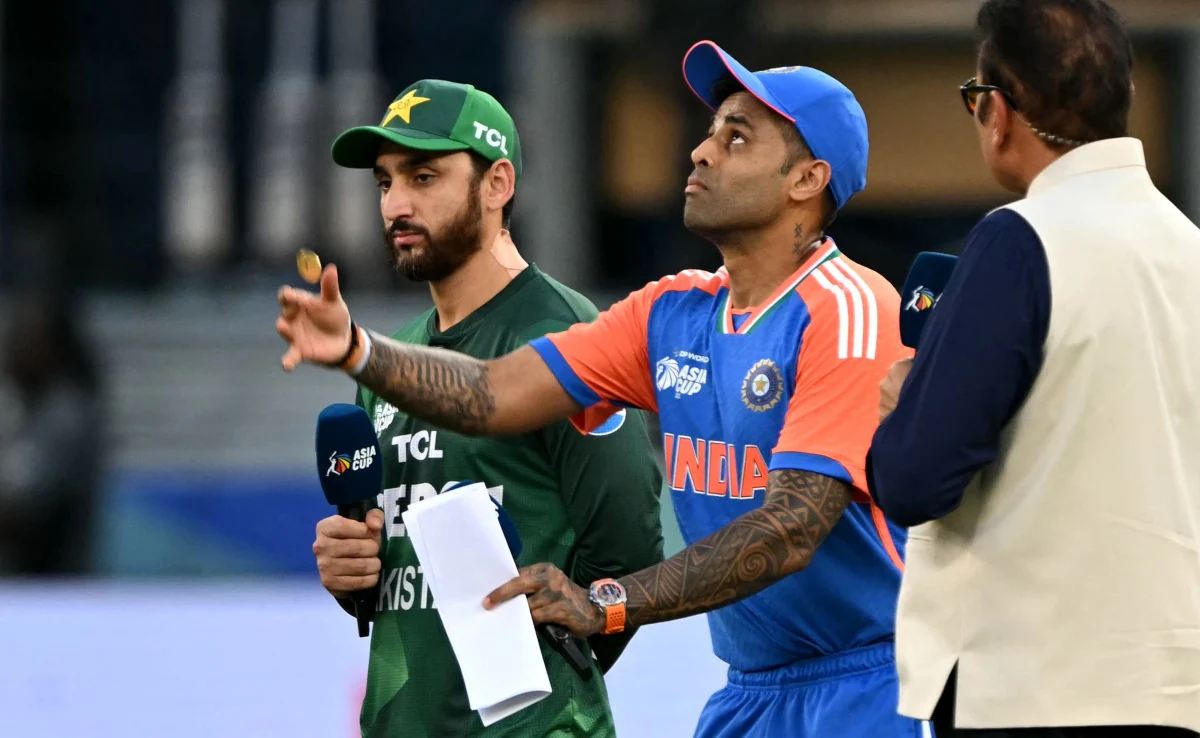
Two practical choices and an ethically coherent third
Asia Cup 2025 forces administrators and fans to choose between two blunt options — both politically coherent, but each costly:
-
Suspend matches until political relations allow for the normal rituals of sport. This returns to the logic of cricket diplomacy only when the state relationship permits it. The upside: you respect the ritual integrity of the game and avoid turning match day into a proxy battle. The downside: fans and broadcasters lose marquee fixtures; players lose opportunities; politics still prevails.
-
Play but neutralise the ceremony — insist on apolitical presentations, use neutral presenters, and make fixture draws and podium protocols transparent to prevent a minister of one side presenting to the other. The upside: keeps cricket on, preserves commercial rights and the players’ chance to compete. The downside: it can feel like a comfortable fiction — sport pretending at neutrality while the broader ground is ablaze.
There is an ethically coherent third option that synthesises the two and addresses the central contradiction: acknowledge the politics explicitly and set very strict, pre-agreed rules. If teams meet, boards and administrators should, before the tournament starts, agree on:
-
Neutral presenters for all ceremonies where one side’s government figure may pose a conflict of interest;
-
An independent, transparent fixture-draw process for ICC events (as Michael Atherton suggests) so that matches are not artificially scheduled for commercial draws;
-
A code of conduct that treats public political gestures by players and ministers as reportable events with agreed sanctions; and
-
A public statement from both boards that the match is a sporting contest, while any government disagreements remain government business — accompanied by contingency plans (including postponement) if certain thresholds of diplomatic tension are exceeded.
None of these are magic. But taken together they would at least square the two impulses: allow the game to be played, while reducing the chance it becomes a theatre for state-level humiliation.
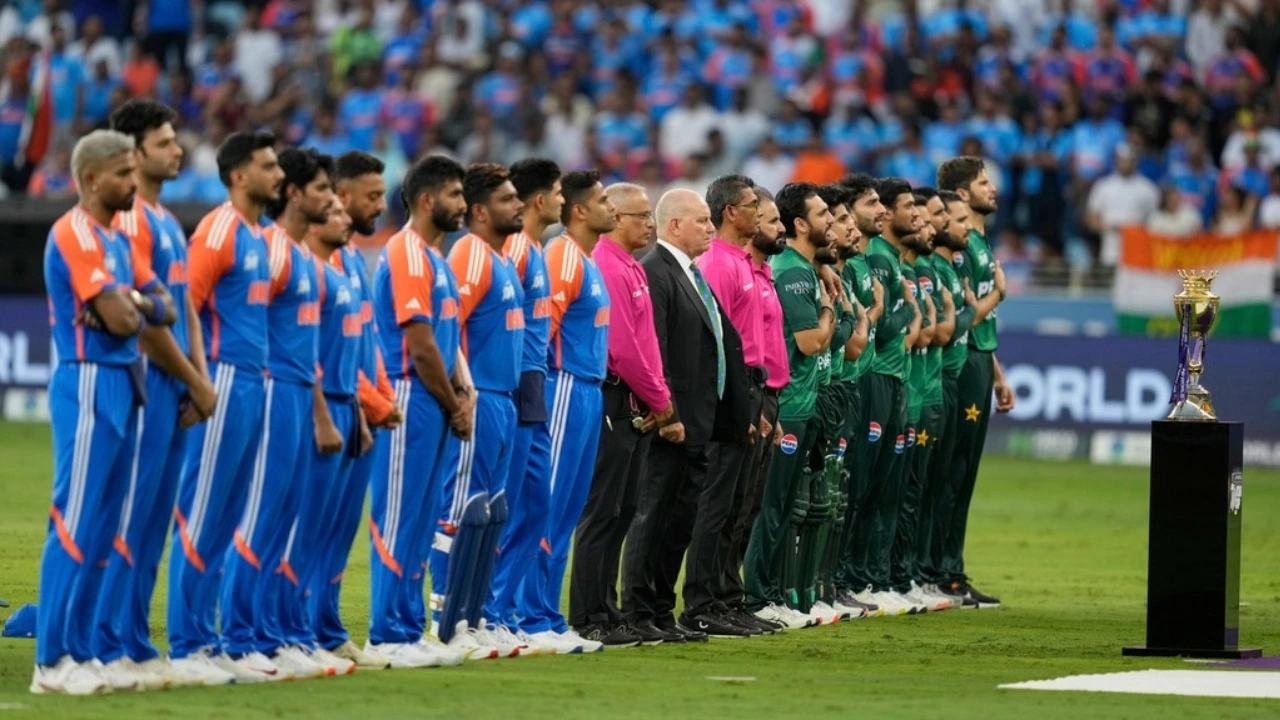
The inevitable question — Who does sport serve?
Asia Cup 2025 was a match series that should have been a sporting narrative about technique, temperament and match winning, but instead became a case study in how geopolitics can colonise ritual. “Cricket deserves better,” wrote one commentator who had once believed in cricket diplomacy but became a naysayer after the missed handshake. The sentiment captures the agonising heart of the matter: cricket both matters and means more than sport in South Asia. That is what makes it powerful and what now makes it dangerous.
If political relations are as toxic as the events of April–May and the rhetoric around Operation Sindoor suggest, there is a moral and practical case for asking whether playing those fixtures is worth the damage. Conversely, if boards and broadcasters continue to insist that the games go on — for the players, for fans and for commercial reasons — they owe the public a coherent rulebook and neutral ceremony that match the rhetoric that sport is “above politics.”
Either path requires courage. The easier, but hypocritical, option is to have both the match and the snub: play to fill the stadium and the broadcast feed, then refuse the handshake and the trophy because a wider grievance demands it. That option preserves spectacle and scorelines but cheapens the value of ritual and leaves the sport itself the poorer.
The clearer, harder choice is to recognize that when politics crowds out courtesy, the game cannot be expected to play the peacemaker. Either we stop pretending sport can paper over state violence, or we enforce the protocols that let sport be a real place for civil contest. Until administrators, governments and fans decide, India vs Pakistan will continue to be as much a mirror of the two nations’ enmity as a measure of cricketing skill — and every handshake that is missed will be read as a chapter in a larger, unresolved story.
*Views expressed in the above piece are personal and solely those of the author. They do not necessarily reflect Vygr’s views.
With inputs from agencies
Image Source: Multiple agencies
© Copyright 2025. All Rights Reserved. Powered by Vygr Media.

